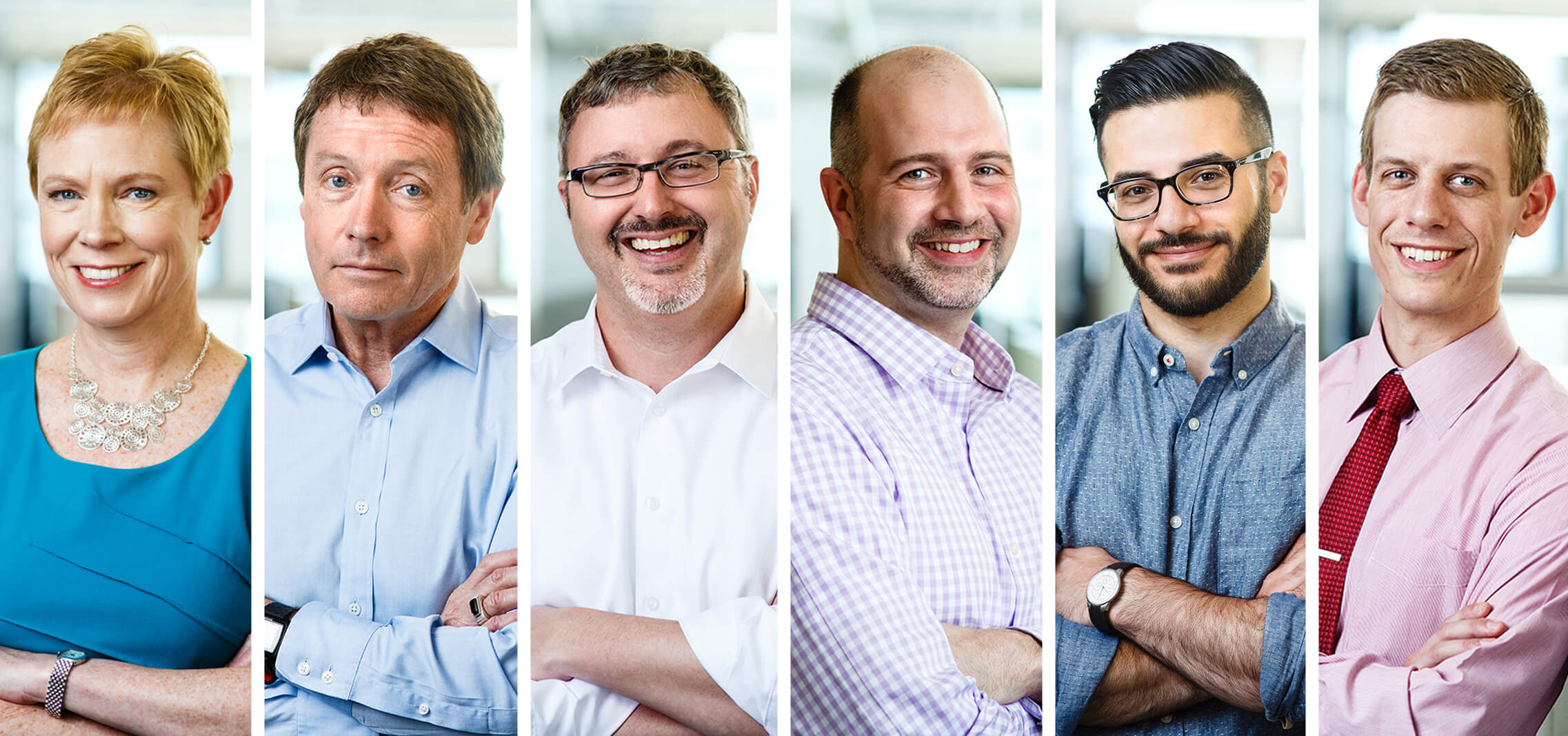Three decades ago, in 1989, The Lighting Practice was founded as a place where individuals with different backgrounds, skillsets, and passion for light could come together to make a difference – both directly for their clients and within their communities.
That mission is as strong of a driving force today as it was 30 years ago. Having built the foundation for the firm’s philosophy that a collaborative effort always gets to a better idea, Founder and Principal Alfred Borden, FIALD, CLD said “It’s about mutual respect and a shared experience. As designers, we resolve challenges and achieve success by staying open and connected to our clients.”
Carrying that torch is The Lighting Practice’s growing team, whom President Helen Diemer, FIALD, LEED AP sometimes refers to collectively as TLP’s secret weapon. In addition to genuinely caring about their clients and loving what they do, the team operates with a belief that what they can accomplish together is more powerful and impactful than what any individual can do alone. For Associate Principal Emad Hasan, IALD, LEED AP BD+C, strong collaboration involves giving everyone a chance to be heard. “It’s important to listen to people – your clients as well as your team,” he said.
The firm’s strength in collaboration is compounded by its dedication to staying at the forefront of lighting design and technology. Technological improvements to lighting products and design tools, according to Principal Michael Barber, Assoc. IALD, LEED AP BD+C, have centered around visualizing, selling, and executing ideas more efficiently and accurately. Associate Principal Jonathan Hoyle noted “The permanence of architecture motivates designers to think critically about their choices and find the best way to achieve the design goals for the space and people within the space.”
Over the past three decades, The Lighting Practice witnessed an evolution in lighting that led to substantially better energy efficiency, flexibility, color rendering, and controllability. TLP was an early adopter of more sustainable and controllable LED options, transitioning away from previous technologies like incandescent, fluorescent, and metal halide fixtures. Emad noted that “The entire industry has changed in terms of what we are able to do as designers. Anything we can think of now is likely possible, thanks not only to the LED, but also to advances in materials, manufacturing practices, processes, and technology.”
Alongside technological transformations came changes to how designers practice, and how the industry as a whole sees the value of lighting. Principal Jered Widmer, IALD, MIES commented on an “awakening” in the design community to the importance of lighting. Universities offer more courses and majors that focus on lighting than ever before. Industry nonprofits are researching light’s effect on human health and wellbeing. “Lighting is no longer an afterthought in an architectural design,” Jered said. “Recognizing that there are many intricacies to lighting, architects and interior designers are increasingly focusing on the benefit of good lighting and working collaboratively with lighting designers.”
By extension, lighting design can enhance building owners’ businesses. “We see ourselves as being a partner to our clients,” Helen said. “We try to understand our client’s priorities and core goals. Then, we can figure out how lighting can create and enhance the environment to promote their success.” The process begins with active listening, according to Al, followed by building the design concept and selecting the right tools and strategies to accomplish it.
That level of client service is the hallmark of the firm’s practice. “To have a successful business, it’s crucial to be consistently client-focused,” Mike said. Lighting can help solve many challenges within a project, from simply making the space usable, to the health and well-being of the occupants, to wayfinding and placemaking. “We are in this business to be creative, and in the end, we must be mindful of what is best for each unique client,” he said.
Looking Ahead to the Future
As lighting technology evolves and building codes require more complex controls, lighting designers will increasingly become a must-have member of every design team. To that end, Jon says that lighting designers will continue to focus on a project’s aesthetic, budget and schedule requirements while ensuring that projects comply with stringent energy codes.
Ultimately, the Principals agree that the goal for the future of lighting design is to be seen as a necessity and not a luxury. When that happens, Helen believes that lighting design will be recognized as equally important to the design of the building envelope, HVAC, and other core elements required for the success of a property. For Jered, achieving that recognition could mean a requirement of licensure for lighting designers. “Licensing lighting designers would recognize the qualified professionals who develop and prioritize quality lighting design,” he said. The Certified Lighting Designer accreditation, which was recently introduced worldwide, is a step in that direction.
As the industry continues to evolve, The Lighting Practice plans to grow and evolve along with it. The future will bring changes, possibly in lighting technologies, processes and/or the delivery of lighting services. Regardless, the Principals are committed to building a team that continues to listen, learn, innovate and contribute to the ongoing success of our clients and their businesses.





